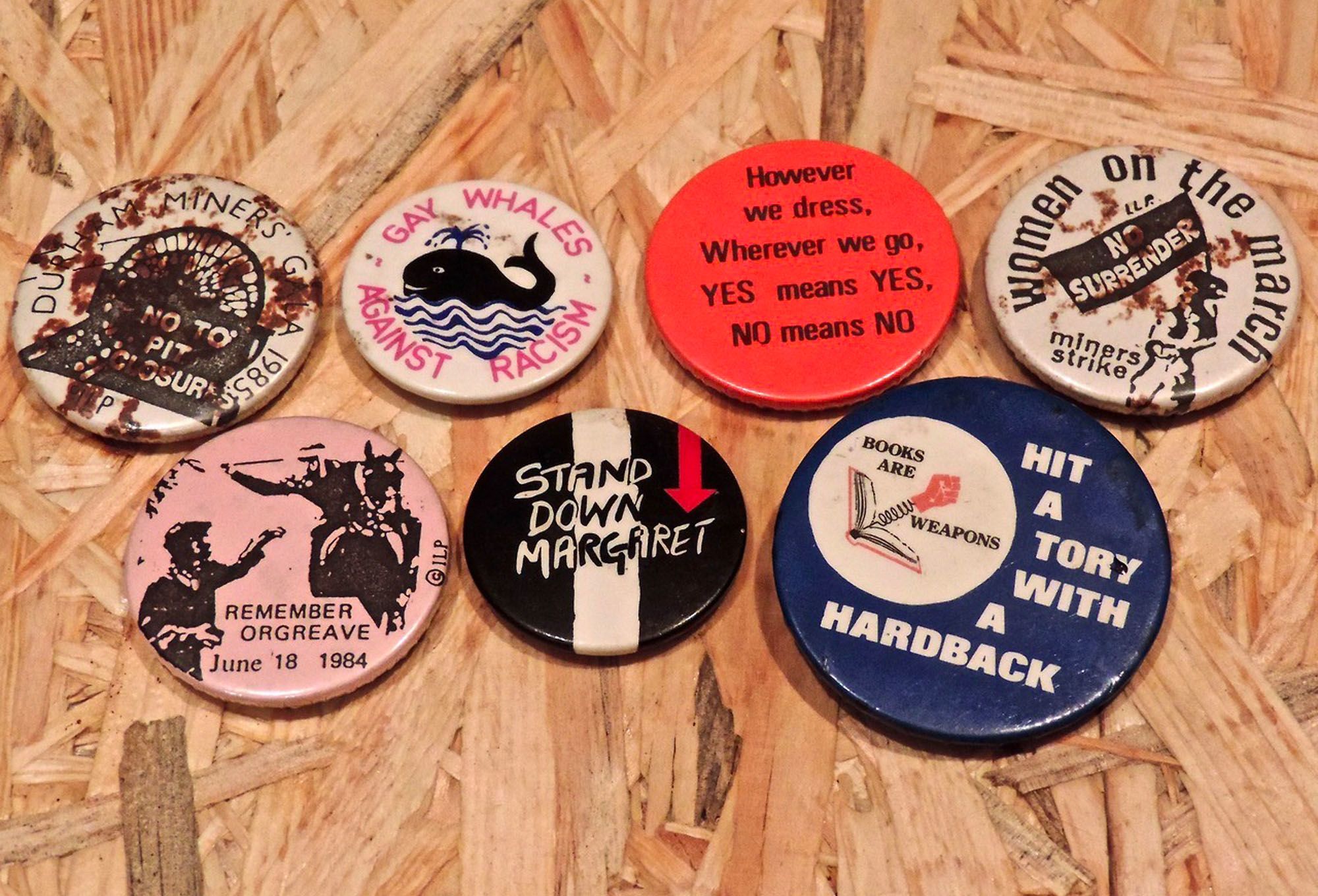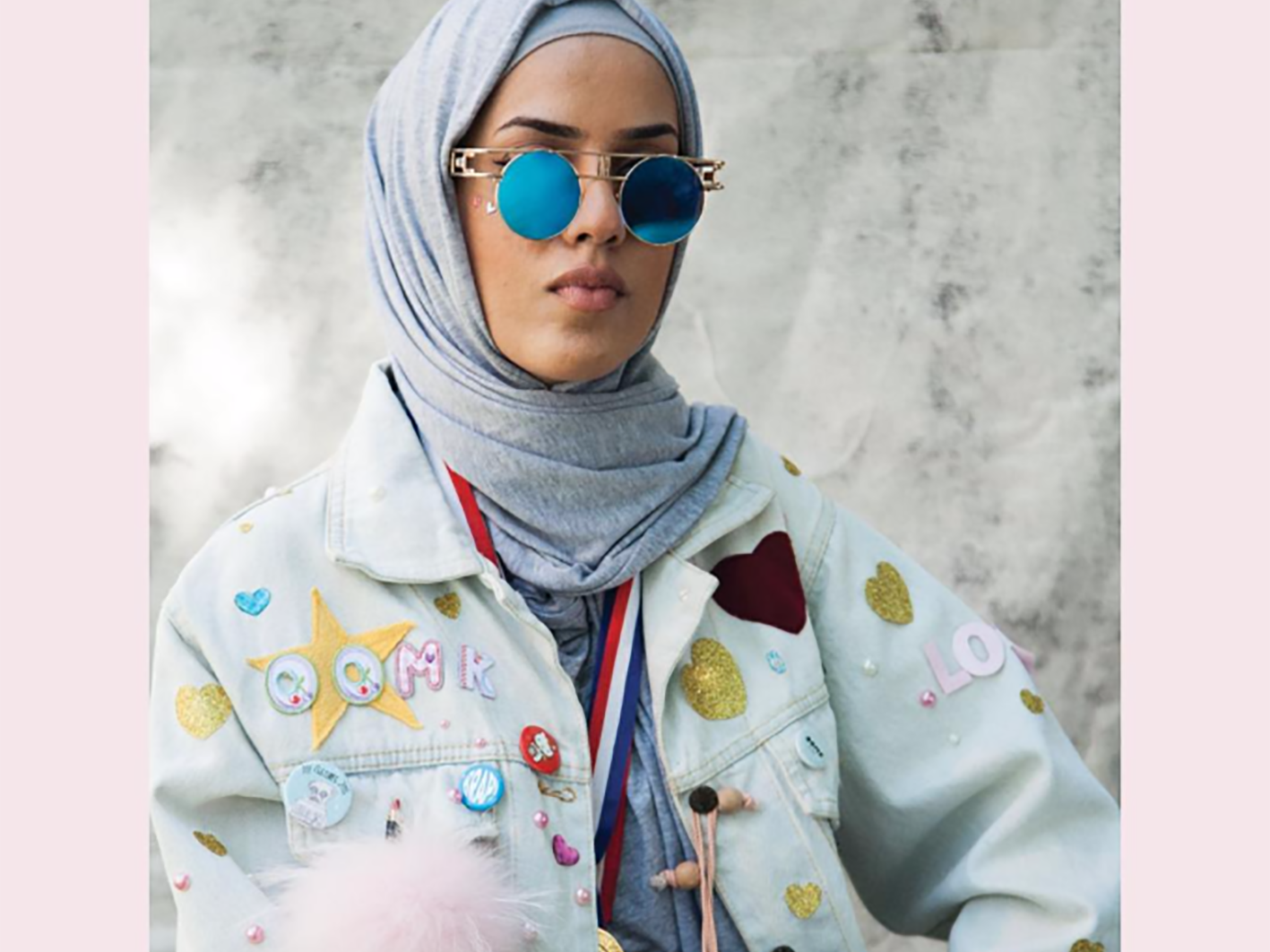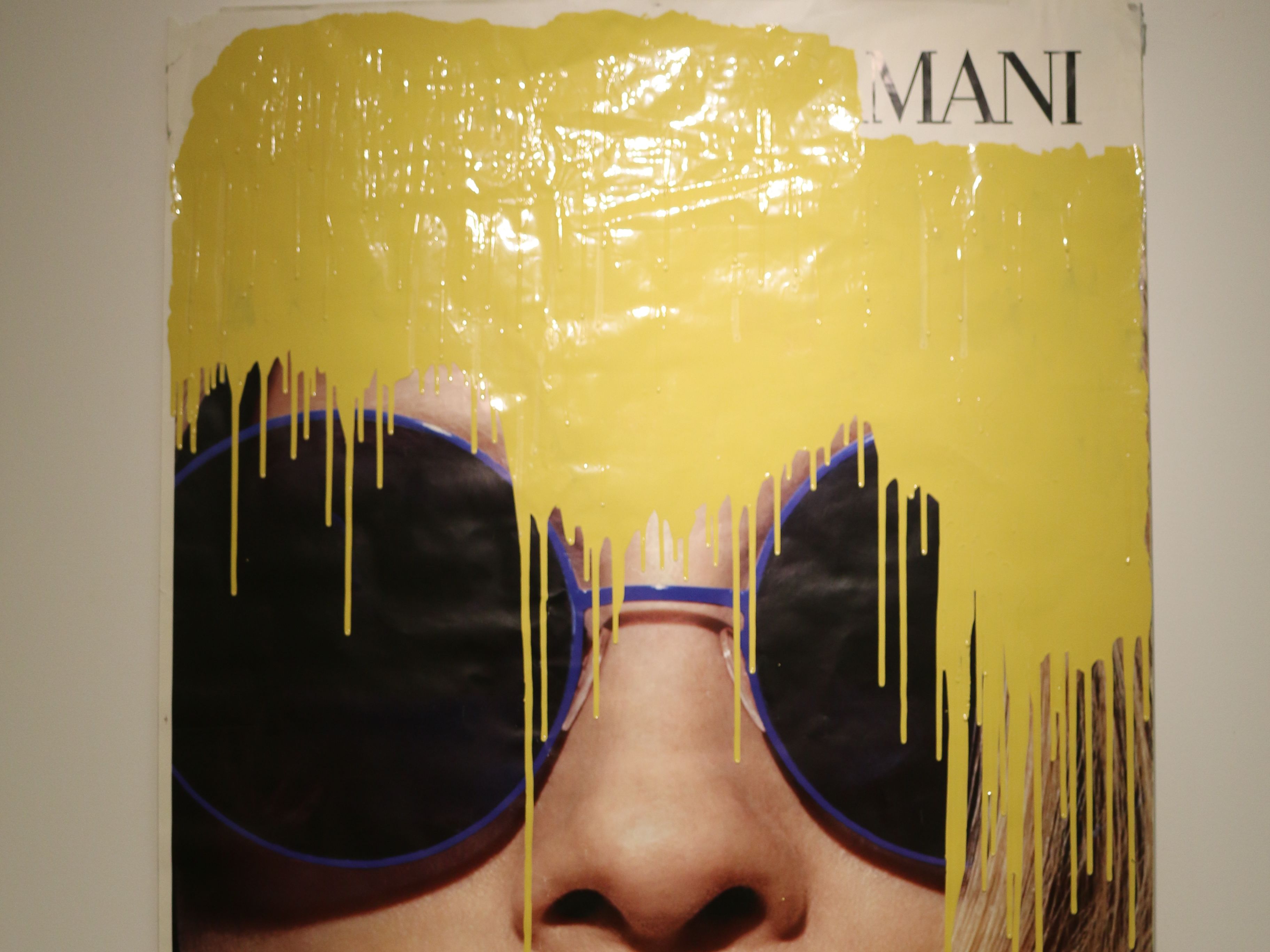
Project diaries: Megan’s artist residency

- Written byMegan Pickering
- Published date 23 March 2018

Choosing a residency that included free accommodation as part of the package was a great move for Megan. It meant she didn’t have to worry about how to pay for this expense and could focus on researching the many links that Winnipeg, Canada has to issues she explores through her artwork.
My stay in Winnipeg

While at Mentoring Artists for Women’s Art (MAWA) I lived in their artist’s apartment above the building. MAWA expected me to use the time to do whatever I needed to push my practice forward, and give an artist’s talk to the local community. I used the residency to give me space and time for my own research, reflection and networking. I spent most of my time exploring Winnipeg, meeting incredibly interesting artists and organisations, and researching in archives.
Some of my highlights included researching Winnipeg’s 1919 General Strike. From my interest in this strike action, I was put in touch with and met film maker Noam Gonick, who produced a film about the strike titled ‘1919’. The film focuses on a fictional group of gay men who visited a Chinese bathhouse, which also happened to be the strike headquarters. I was able to meet Gonick and talk about our joint interest in strikes and queer representation.
Connecting with local research resources

At the Archives of Manitoba I was able to do more research about the strike. I found police records of women who had been arrested for protesting and for handing out handbills. These handbills would have been to fellow workers to help them organise and educate each other. They reminded me of the leaflets I collected – as part of my art practice – from my family’s involvement in the UK miners’ strike of 1984-85, as well as the zines I produce today.
Finding new var/www-grown zine collections

Another highlight was going to the rescued zine archive of Junto Local 91. Junto Local used to be a collectively run and volunteer based anarchist lending library with a large zine collection. After this space closed down, one of the people who volunteered at Junto saved the zine collection, which is now on their front porch. I was grateful to be able to spend time looking through this amazing collection. There were zines on so many important topics, such as; indigenous struggles, feminism, LGBTQI+ rights and police brutality.
Discovering powerful artists and their new work

It was also very powerful seeing Jaime Black’s The REDress Project. “The REDress Project, focuses around the issue of missing or murdered Aboriginal women across Canada. It is an installation art project based on an aesthetic response to this critical national issue. The project seeks to collect 600 red dresses by community donation that will later be installed in public spaces throughout Winnipeg and across Canada as a visual reminder of the staggering number of women who are no longer with us. Through the installation I hope to draw attention to the gendered and racialized nature of violent crimes against Aboriginal women and to evoke a presence through the marking of absence.” – The REDress Project.
Donating my work to the zine library

I went to the Rainbow Resource Centre and donated some of my zines to their library. The Rainbow Resource Centre offers support to the LGBT2SQ+ (Lesbian, Gay, Bisexual, Trans, 2 Spirit, Queer) community in the form of counselling and education. It also supports families, friends, and employers of LGBT2SQ+ individuals. One of the zines I donated was ‘BULLIED’ – a zine I made, collecting stories, including my own, of childhood bullying, with a specific focus on mental health and queer voices.
Sharing my work and practice on the radio

Visiting aceartinc, an artist-run centre in Winnipeg. There I met the director Hannah G who then invited me on her radio show The Monkey Sparrow. On The Monkey Sparrow I read an extract from my zine ‘Silenced Feminisms’, which contains the research I undertook with The Feminist Library in London and their ‘Spare Rib’ archive.
What I got out of my residency

I enjoyed being able to talk about my art practice in Winnipeg during my artist talk at MAWA and then I was able to have interesting discussions with people about my work in the UK about the research I had completed in Canada. This research has gone on to inform my art practice and push it into new spaces. Doing the residency also reinforced my belief that when people share their own stories, and when working class people organise, they are incredibly powerful, and can have a real impact on the world.

